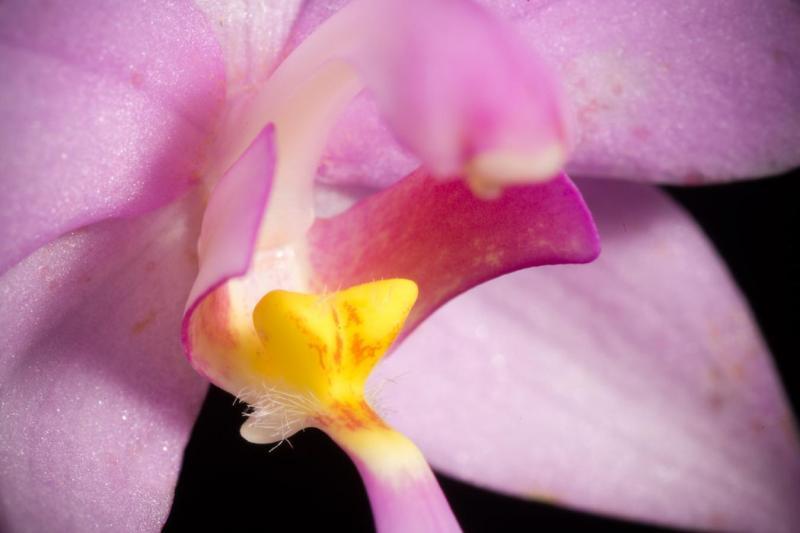Calanthe rosea
Also known as: The Pink Calanthe or Calanthe rosea h.f. alba in the subfamily: Epidendroideae
Native to: Bangkok - Thailand
General Information
The Pink Calanthe is an intermediate to hot growing terrestrial orchid belonging to the sub family Epidendroideae native to Thailand.
Plant Description
Grows to 65cm. Each new growth has numerous erect lance shaped leaves that grow to 12-45cm long. Pseudobulbs grow to 10-20cm
Flowers
Numerous blossoms appear during Autumn
Blooming Season
- Autumn
Substrate(s)
- Fine
- Bark
- Charcoal
- Treefern
- Spaghnum Moss
- Perlite
Care Notes
These orchids grow on the forest floor so are used to rich soil containing plenty of organic matter that is always moist (but not always wet), and prefer constant conditions in terms of humidity, temperature and water supply. They may not be as forgiving as epiphytes in regards to sudden changes in growing conditions so it is wise to ease them into new conditions over a the space of a few days, and repot as infrequently as possible.
Keep an eye on the plants condition regularly as they can decline suddenly if the conditions are not just right. It is more important to keep water supply constant rather than frequent - overwatering often causes rot which can quickly set in, especially in warmer conditions.
These can be grown in shady, moist areas in the garden, supplied they have protection from abrupt changes caused by the elements, e.g. dry winds, frost etc. Being grown around companion plants such as ferns and bromeliads will help build and retain the humidity they require throughout the year.
Climate
Grows at low elevations. Rainfall ranges from 3mm to 1176mm per day, heaviest in July and lightest in December. Humidity ranges from 64% to 93%, highest in August and lowest in December. Temperature ranges from 15C to 31C, highest in April (21C to 31C) and lowest in January (15C to 24C).
Fertiliser
These plants thrive on fertiliser, especially during periods of growth. Liquid fertiliser can be applied at the recommended strength, augmented with manure pellets or other quickly degradable fertiliser, applied away from the base of the plant, during periods of strong growth that occurs in the middle of the growth season.
Do not fertilise during the dormant period. Avoid using slow release fertiliser that breaks down for longer than 3 months, if using apply only after dormancy when new shoots have developed noticably, applied 4-5 pellets per cup (250ml) of media.
They can benefit from a high phosphate fertiliser leading up to flowering season, and by a high nitrogen fertiliser when new growth appears.
This plant is a heavy feeder year round, full strength fertiliser can be used. Fertiliser can be applied heavily during Autumn. Use a high Nitrogen fertiliser during Spring and Summer. Use a high Phosphorous fertiliser during Summer.Potting
This orchid prefers a fine, well draining media. Avoid commercial potting mixes as they may have 'wetting agents' that retain water for too long. A simple mix made up of 20% sand, 50% peat or moss, with the remaining 30% made up of decomposed bark and leaf litter would be adequate. Adding some charcoal to the mix will also help it last longer.
Repotting depends on how wet the media is usually. Every 2-3 years would suffice, or whenever the media shows signs of clumping, staying wet for too long, or smells foul.
Repotting is best done annually and in Spring.




















